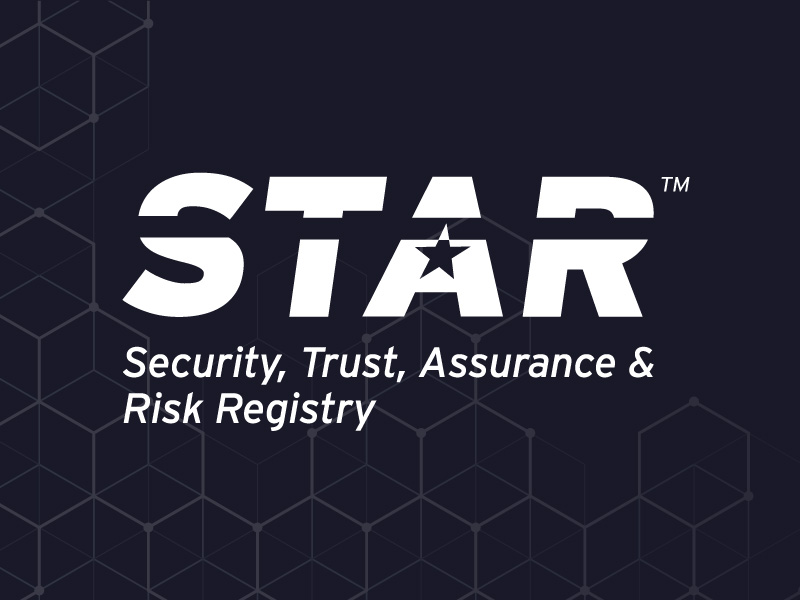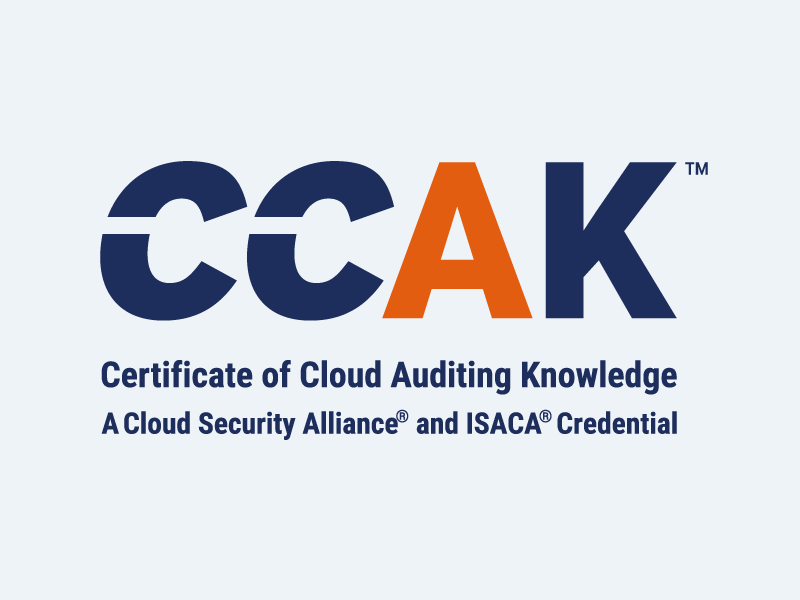From Gatekeeper to Guardian: Why CISOs Must Embrace Their Inner Business Superhero
Blog Article Published: 04/15/2024
Originally published by CXO REvolutionaries.
Written by Ben Corll, CISO in Residence, Zscaler.
(And why it should become our outer superhero persona, too)
Let's face it. The days of the CISO as the lone wolf, guarding the castle walls with a stack of firewalls and a suspicious glare, are over (though some of us still have an icy glare).
Today's cybersecurity landscape demands a different kind of hero: a business-savvy leader who understands the intricate dance of protecting the organization while enabling and supporting its growth.
Disclaimer: By CISO, I mean Chief Information Security Officer, not Chief Impending Sacrifice Officer. For some organizations, the difference remains subtle.
Imagine your company as a bustling metropolis. You, the CISO, are no longer just the security guard at the front gate. You're the city planner, the risk management consultant, the chief resilience officer, and the chief of police all rolled into one. You need to understand the flow of traffic, the critical infrastructure, and the potential vulnerabilities lurking in every alleyway.
But how do we, the guardians of the digital realm, transform into these business superheroes? Fear not, fellow CISOs, for the path to upskilling and growth is paved with strategic learning, effective communication, and more than a dash of inspirational or motivational leadership.
Learning like a lifelong student
As the lone wolf days have ended, so too have the days when technical expertise alone could guarantee a CISO’s success. Today's CISO needs to be a voracious learner, constantly expanding their knowledge and skills.
Here are a few learning pathways to consider:
- Business Acumen: Dive into courses on finance, marketing, and strategic planning. Understanding the language of business will help you translate cybersecurity risks into tangible business impacts, making your arguments more persuasive. Fail to focus on this area and you’ll fail to master how to create and maintain an annual budget, or even know how to write a cost/benefit analysis to justify spending.
- Risk Management: Master the art of identifying, assessing, and mitigating risks. This not only strengthens your cybersecurity posture but also equips you to make informed decisions that balance security with business objectives. Failure to focus enough here and you’ll develop infosec tunnel vision while the rest of the organizations views risk holistically. If you want to be seen as a business leader, you cannot fail to think big-picture and reference business risks.
- Communication Skills: Hone your ability to communicate complex technical concepts in a clear, concise, and non-technical manner. Remember, your audience likely isn’t fluent in cyber jargon.
Failure to effectively communicate is a career killer for any CXO. To be influential, especially with the C-suite, CISOs must learn to speak in ways understood by their C-suite peers. Imagine how your eyes may glaze over when a CFO starts talking capex, opex, or EBITDA. Realize the same will happen for these cybersecurity “outsiders.”
From tech talk to board talk
Armed with this knowledge, it's time for some applied communications. Our job isn't just about implementing security measures; it's about selling their value to stakeholders, some of whom may see security as simply a necessary evil.
Here are some tips:
- Focus on the "why": Never list technical vulnerabilities. Explain how they could impact the business in terms of financial losses, reputational damage, operational disruptions, loss of customer trust, and the ceding of market share. In other words, holistic risk.
- Speak their language: Ditch the technical jargon when translating cybersecurity risks into business consequences that resonate with your audience.
- Data is your friend: Back up your arguments with data and statistics to paint a clear picture of the potential threats and the value of your proposed solutions.
From lone wolf to pack leader
Finally, remember that you're not just a technical expert. You're a leader. Your team looks to you for guidance, motivation, and inspiration. Here are just a few recommendations for delivering.
- Empower your team: Foster a culture of collaboration and trust. Delegate tasks effectively and empower your team members to take ownership of their responsibilities.
- Lead by example: Be the embodiment of the security culture you want to create. Show your team that you're committed to continuous learning and ethical practices. Our people watch us. They want to know if we’re going to lead by example or by exemption. Lead well.
- Celebrate successes: Recognize and celebrate the achievements of your team, both big and small. This fosters a sense of accomplishment and motivates them to strive for excellence.
Embrace the Transformation
The journey from technical expert to business-savvy CXO isn’t easy. There will be bumps in the road, moments of self-doubt (i.e., imposter syndrome), and the occasional urge to retreat to the comfort of your technical expertise. But remember, the rewards are greater with growth. By embracing this transformation, you become a critical asset to your organization.
So, step out of the shadows, my fellow CISOs. Don your metaphorical capes, sharpen your communication skills, and embrace your inner business superhero. The future of cybersecurity depends on it.
Oh, and don’t forget: Even superheroes need a break. Burnout is an occupational hazard. Don't neglect self-care and time to recharge your batteries. There are only a select few of us with the necessary skills, experience, and willingness to take on this role, so don’t forget to walk the dog and pet the cat. Our companies are counting on us.
Extra credit
- Embrace the boardroom: Don't shy away from attending executive meetings and actively participate in discussions. This allows you to understand the company's strategic goals and position yourself as a thought leader. If you want a seat at the table, pull yourself up a chair.
- Befriend the CFO: Numbers are your new best friends. Learn the basics of financial statements and risk management frameworks. This will help you frame proposals in a language that resonates with the holder of the purse strings.
- Become a student of the industry: Immerse yourself in industry trends, regulations, and the competitive landscape. Understanding the broader business context will allow you to tailor your security strategy to address specific industry challenges and opportunities.
- Network with your peers: Connect with other CISOs in and outside of your industry. Share best practices, learn from their experiences, and build a collaborative network that can support your professional growth. After all, your network is your net worth.
Trending This Week
#1 The 5 SOC 2 Trust Services Criteria Explained
#2 What You Need to Know About the Daixin Team Ransomware Group
#3 Mitigating Security Risks in Retrieval Augmented Generation (RAG) LLM Applications
#4 Cybersecurity 101: 10 Types of Cyber Attacks to Know
#5 Detecting and Mitigating NTLM Relay Attacks Targeting Microsoft Domain Controllers
Related Articles:
Five Reasons Why Ransomware Still Reigns
Published: 04/29/2024
This Year’s Zero Trust Opportunity for Security Professionals
Published: 04/26/2024
Why Business Risk Should be Your Guiding North Star for Remediation
Published: 04/25/2024
How to Prepare Your Workforce to Secure Your Cloud Infrastructure with Zero Trust
Published: 04/24/2024








